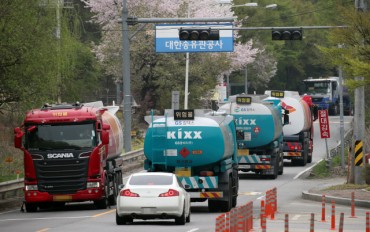SEOUL, Jun. 18 (Korea Bizwire) – South Korea faces a severe gender disparity, with around 20% more unmarried men than women, a skewed ratio attributed largely to the country’s former tradition of favoring sons, according to a new report.
In a research paper titled “Gender Imbalance in Birth Rates and Marriage Rates in South Korea” released by the Korea Institute for Health and Social Affairs, it was found that as of 2021, there were 19.6% more unmarried males than unmarried females nationwide.
The demographic imbalance means that even if all available unmarried men and women were matched, a surplus of men would remain unmarried, putting them at a systemic disadvantage in finding spouses.
The gender disproportion was particularly pronounced outside the Seoul metropolitan area. While unmarried men outnumbered women by just 2.5% in Seoul and 16.2% in Busan, the figures spiked to over 30% in North Gyeongsang (34.9%), South Gyeongsang (33.2%) and North Chungcheong (31.7%) provinces.
Such imbalances were reflected in the varying rates of men and women who remained single. In 2020, 46.5% of South Korean men born in 1985, then aged 35, had never married, compared to just 29.1% of women from the same birth year.
The institute attributes the overabundance of unmarried men to longstanding cultural biases favoring male offspring that led to skewed birth ratios over decades.
While naturally around 105 boys are born for every 100 girls, South Korea’s birth ratio exceeded that level starting in the 1970s, peaking in the late 1980s and mid-1990s before returning to normal ranges after 2007. This demographic shift fueled marriage imbalances emerging in the early 1990s that worsened after the mid-2000s.
Factors driving the former son preference included traditional bias toward male heirs, increased selection for male children as plunging birth rates led parents to limit family sizes, and the availability of ultrasound and abortion services enabling sex selection.
“For over 30 years from 1970, South Korea’s birth ratio greatly exceeded natural levels,” the report stated. “As that generation reached reproductive age, it had a profound impact on marriage prospects.” It added that regions with the greatest gender imbalances today correlate with those that had severely skewed birth ratios in the 1980s and 1990s.
M. H. Lee (mhlee@koreabizwire.com)







